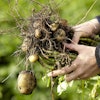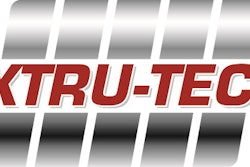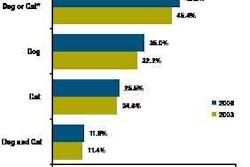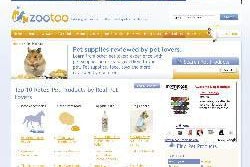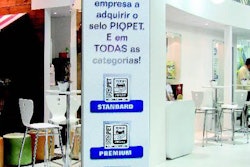.png?auto=format%2Ccompress&q=70&w=400)
Processes become more efficient when efforts are simplified through a single tool or machine to handle multiple tasks at once. The big names in extrusion have latched on to this idea over the past year, offering machines that can handle both treats and food simultaneously (Extru-Tech Inc.), multiple colors and shapes (Bühler) and multiple textures (Wenger).
Where treats and food meet
Well-established petfood producers often want a slice of the pet treats market to bolster their position in our industry-and their profits. According to Extru-Tech, it's easy to see why: Margins are typically more attractive than those for even premium pet food. To grow this ever expanding market, manufacturers need a way to maintain current production of pe tfood while adding plant time and equipment for treat production, all without causing great financial risk. That's why Extru-Tech has recently introduced the Model E975 Extruder.
The June issue of The Extru-Technician summarizes three main objectives of the E975 design:
- Increase pumping capability;
- Increase control of the "cook"; and
- Develop a function of versatility.
The first two objectives apply directly to pet treat processing, while the last item will help manufacturers maintain current production load with the same machine, according to Extru-Tech.
This particular extruder has been developed to first support the manufacturing of simple to complex treats from single screw extrusion, but with enough versatility to support manufacturing of products such as dry expanded feeds-simple through premium-thus providing better and faster return on investment. The E975 also features a very good capacity rating on expanded products using a very low horsepower motor, according to Extru-Tech, lowering energy costs.
Different textures, same batch
Simultaneous production of petfoods with multiple textures, according to Wenger, offers petfood and treat producers an opportunity to produce petfoods with many marketing implications, such as:
- Dental care attributes;
- Breed-specific textures; and
- Age-appropriate textures.
The Multi-Color/Multi-Shape Die System was introduced last year by Extru-Tech Inc. for single screw extruders. Wenger recently introduced similar technology (Mixing Head Die System) specifically designed for twin screw extruders. These die technologies allow the revolutionary and simultaneous production of finished product with multiple colors and multiple shapes by eliminating the need for post-run mixing and blending, according to the companies. They are available in a variety of configurations-two- three- and four-color-to allow for tailoring the number of product colors and product shapes in a single production run.
By varying the operating parameters and recipe components, the Multi-Color/Multi-Shape technology can now be expanded to include multi-textured product options. Examples of textural differences of kibbles achieved in a dry-expanded pet food are summarized in Figure 1, where hardness was measured as the maximum peak force required to crush a kibble. Simultaneous extrusion of dry pet food kibbles having two different textures was accomplished by varying glycerin levels, fat levels or die assembly temperature, according to Galen J. Rokey, process technology manager at Wenger.
What can twin screw do for you?
Pete Ferrara, Bühler's pet food market manager, explained the company's main focus during the last year was to add additional functionalities to its twin screw family. The company did this by improving and redesigning its Bi-Color, Dual Color, Marbled Pet food System and introducing the Multi-Color System for Pet food. Both systems can be attached to Bühler's twin screw extruders and are controlled by the extruder BCTB control system. But what are the benefits of getting different products out of one machine?
- Two colors with one extruder (bi-color);
- Up to six colors with one extruder (multi-color);
- Two colors in one shape/pellet (dual color); and
- Two colors marbled in one pellet (marbled system).
According to Bühler, producers only need one extruder for multiple colors; it's no longer necessary to mix different colors after the initial batch; and it reduces abrasion of pellets and broken kibble.
With an accurate control system, all key data can be visualized for immediate control (trending) and stored for traceability, according to Bühler. Temperature sensors placed in different spots can control the process and regulate the target temperature from the preconditioner through the cutting assembly.

